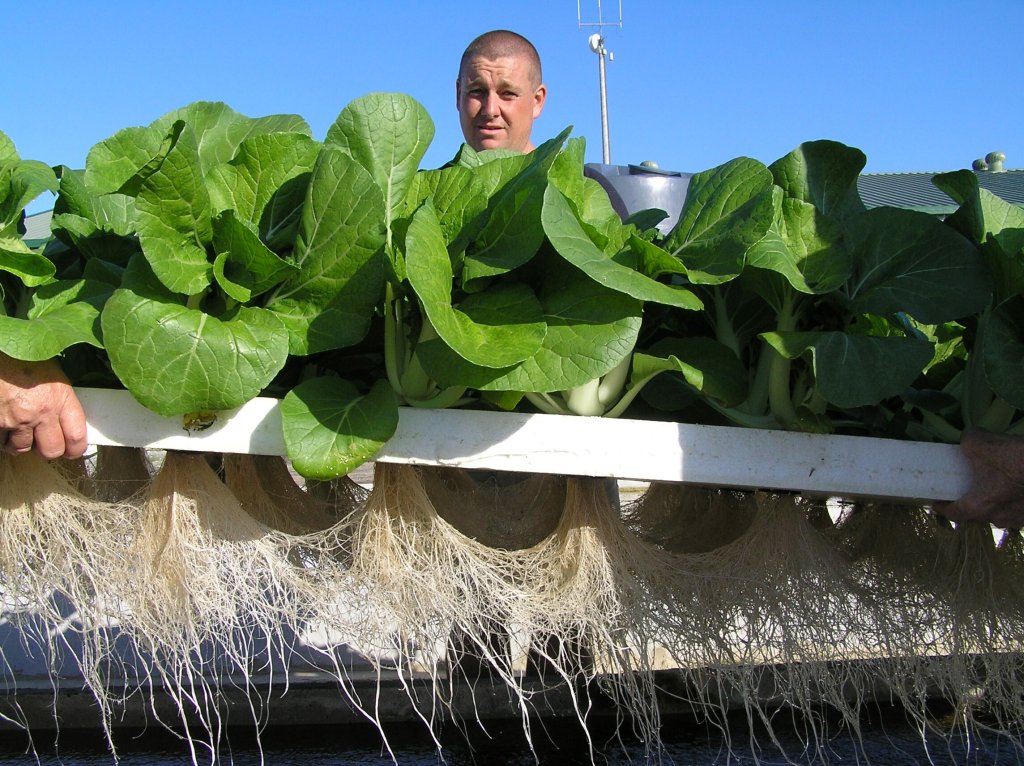Aquaponics: The Perfect Solution for Sustainable Farming and Homesteading
In recent years, there has been a growing interest in sustainable farming methods that not only provide fresh produce but also promote environmental conservation. One such method that has gained popularity is aquaponics – a unique system that combines aquaculture (raising fish) with hydroponics (growing plants in water). Aquaponics offers an innovative solution to traditional agriculture practices and holds immense potential for rural living and homesteading.
So, what exactly is aquaponics? At its core, it’s a closed-loop system where fish are raised in tanks, providing the necessary nutrients for plants to grow without soil. In return, the plants purify the water by absorbing these nutrients before it’s returned to the fish tank. This symbiotic relationship between fish and plants creates an ecosystem that mimics natural processes while producing abundant food.
One of the greatest advantages of aquaponics lies in its ability to maximize limited space. Whether you have acres of land or just a small backyard, this system can be tailored to fit your needs. Traditional farming often requires vast expanses of arable land, making it inaccessible for many urban dwellers or those with limited space. With aquaponics, vertical farming becomes possible as plants can be grown on multiple levels using stacked containers or towers. This allows farmers and homesteaders alike to optimize their available area efficiently.
Another benefit of aquaponic systems is their efficiency when it comes to water usage. Unlike conventional agriculture that relies heavily on irrigation systems which consume large amounts of freshwater resources, an aquaponic setup uses minimal water due to recycling within the closed-loop system. Water from the fish tank circulates through pipes into grow beds containing gravel or clay pebbles where plant roots absorb nutrients before returning cleansed back into the fish tanks.
Moreover, because no soil is used in this method, there’s no need for pesticides or herbicides. Aquaponics provides a natural pest control system, reducing the need for chemical interventions that can harm both human health and the environment. This makes it an ideal choice for those seeking organic farming practices.
Aquaponics is not only sustainable but also highly productive. The combination of aquaculture and hydroponics allows farmers to grow fish and plants simultaneously, maximizing yield per square foot. In traditional agriculture, there’s often a trade-off between raising livestock or growing crops due to resource limitations. However, in an aquaponic system, these two aspects complement each other perfectly without compromising productivity.
When it comes to choosing fish species for your aquaponic setup, several options are available depending on your climate and personal preferences. Tilapia, trout, catfish, and even prawns are commonly raised in aquaponics systems due to their adaptability to different environments. These fish not only provide nutrients for plant growth but can also be harvested as a source of high-quality protein.
In terms of plant selection, leafy greens like lettuce, spinach, kale, and herbs are popular choices due to their fast-growing nature and ability to thrive in water-based environments. However, larger fruiting plants such as tomatoes or peppers can also be successfully grown using appropriate support structures within the system.
Aquaponics offers numerous advantages over conventional farming methods but does require careful planning and maintenance. Monitoring water quality parameters such as pH levels, ammonia levels from fish waste conversion into nitrate by bacteria (nitrification), dissolved oxygen content is crucial in ensuring optimal conditions for both fish and plants.
Additionally, understanding the nitrogen cycle is essential as it forms the backbone of this closed-loop ecosystem. Fish excrete ammonia which is converted into nitrite by beneficial bacteria before being further broken down into nitrate – a form readily absorbed by plants as nutrients. Maintaining this delicate balance ensures healthy plant growth while keeping your aquatic friends happy too.
Aquaponics is a versatile and scalable system suitable for various purposes, ranging from small-scale home setups to commercial operations. For rural living and homesteading enthusiasts, it offers an opportunity to become more self-sufficient by producing their own food in a sustainable manner.
In conclusion, aquaponics presents a unique and innovative solution for those seeking sustainable farming practices. Its ability to maximize space utilization, conserve water resources, eliminate chemical interventions, and promote high productivity makes it an ideal choice for rural living and homesteading. By adopting this method, individuals can enjoy fresh produce year-round while minimizing their impact on the environment. So why not dive into the world of aquaponics? It may just be the key to unlocking your self-sufficiency dreams!


Leave a comment